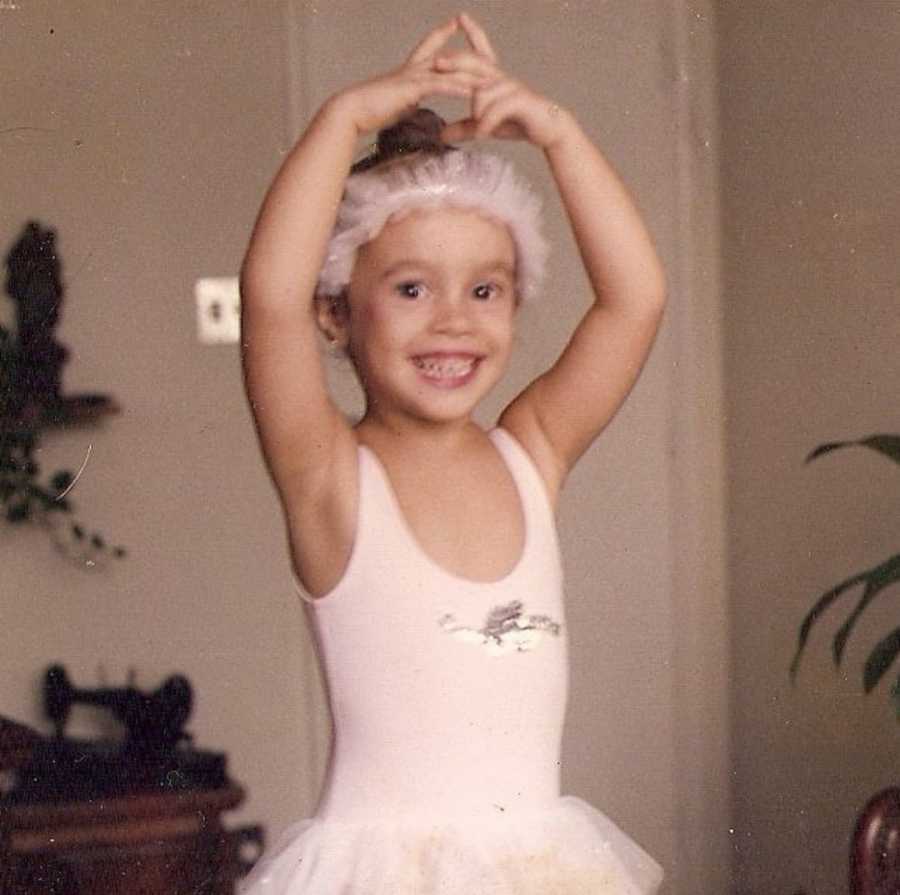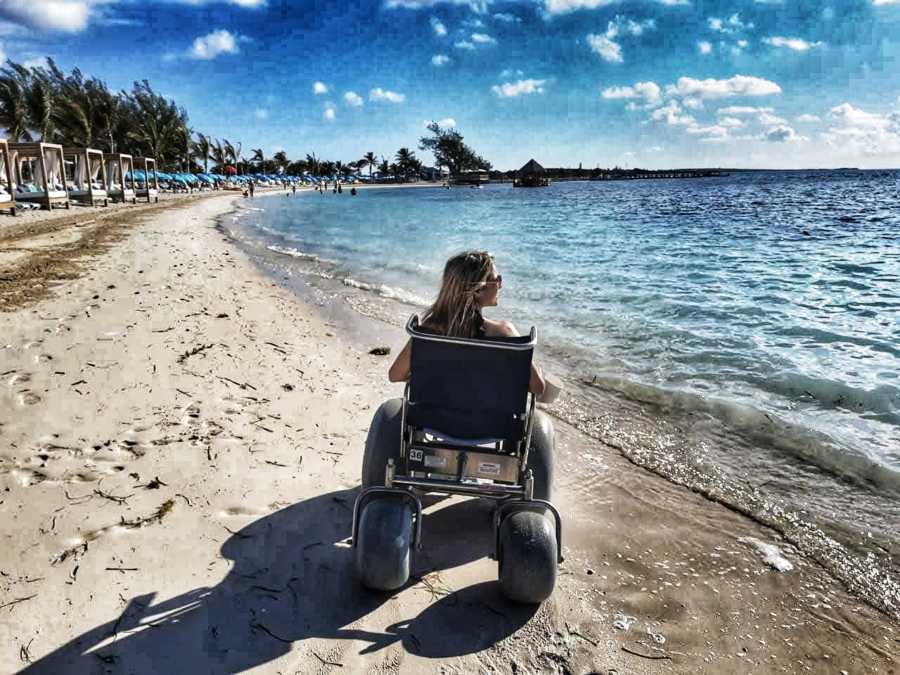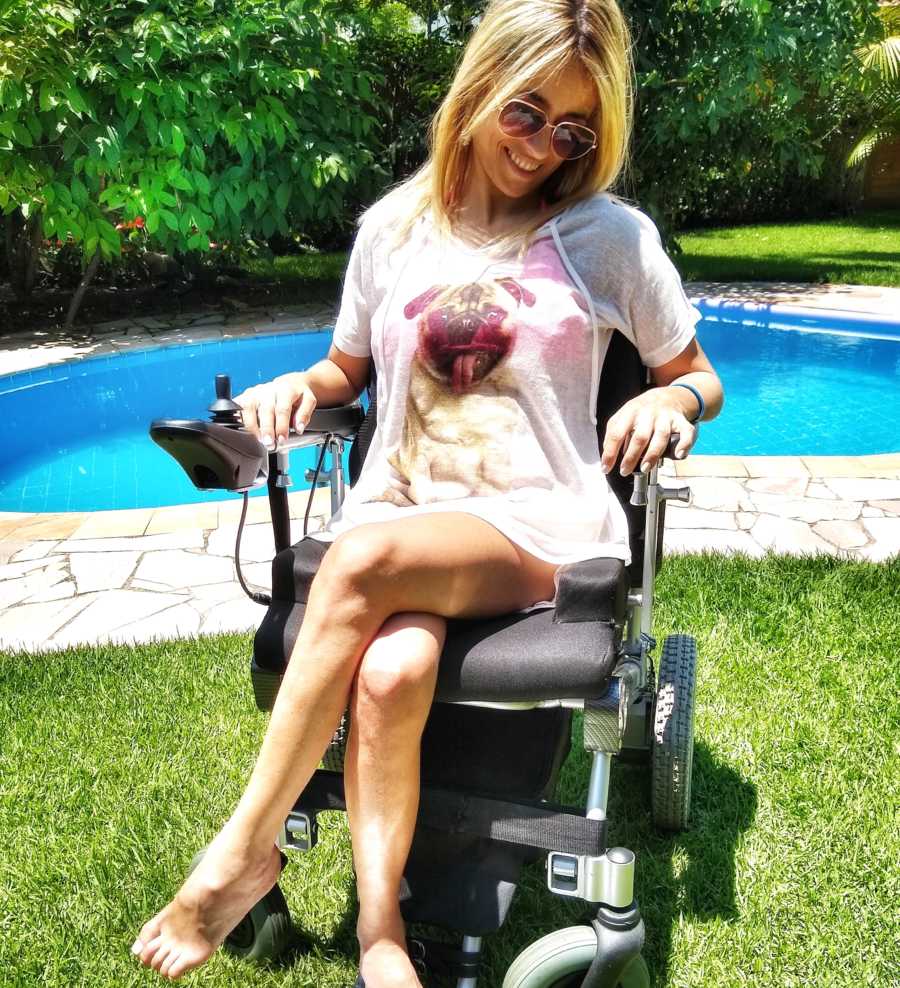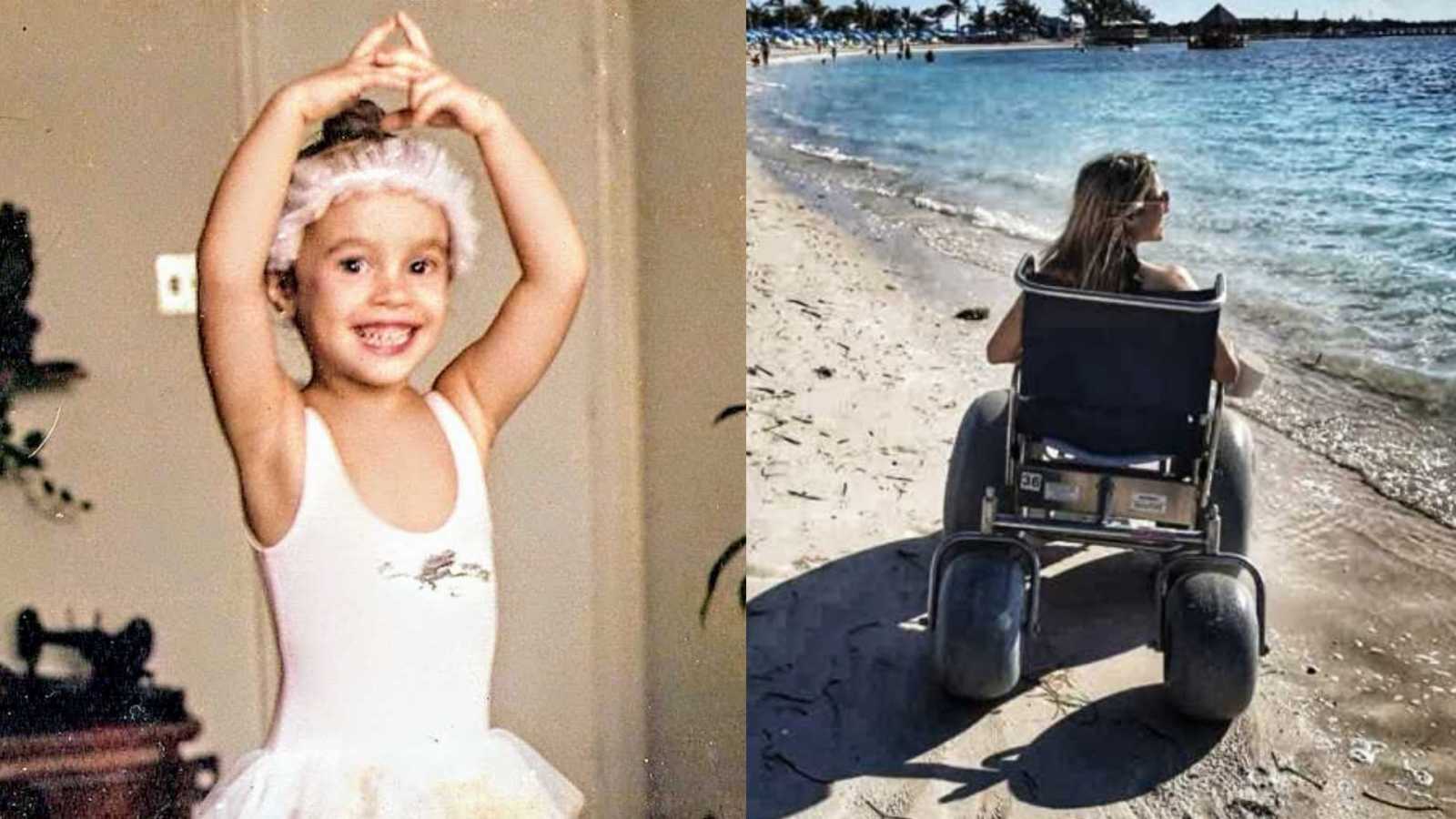“My childhood was absolutely normal; I was very active and loved to dance!

When I was a teenager, I started to notice motor imbalances that worsened over time and left me confused.
I had always been clumsy, but as it got worse, I became more insecure about what people would think about me. I wasn’t able to walk in a straight line, wear high heels, or dance without losing my balance. After a long list of inconclusive tests, it took me five years to find out what was happening to me.
In the meantime, I did or tried to do everything a teenager does: I continued studying, going to the beach, socializing, and pretending to ignore the looks of curiosity and disapproval of people towards my shaky walk. Those circumstances forced me not only to develop skills to deal with my imbalances and falls, but also to create new ways to carry out my daily tasks.
Soon after I finished high school, I got the results of a genetic test confirming I had Friedreich’s ataxia, a rare, multi-systemic, progressive and debilitating disease that affects the neuromuscular system. On average, a patient needs a wheelchair around 10 years after diagnosis, and mainly ends in heart failure.
When I received the diagnosis, I knew nothing about the pathology and had never heard its name before. Finally having a diagnosis gave me some relief, because my family and I at least knew what was causing me all the trouble. I suspect that my parents, who were always on my side, already understood the severity of my illness. They stayed on my side and are with me forever, but I have lost count of ‘friends’ who have vanished. There was no drug treatment on sight, and when I learned about it, I started to isolate myself, ashamed of what was happening and fearful of what was going to happen.
After some time, in spite of my clumsy and deteriorating walking, I went to law school. The challenges were both emotional and physical. Nothing was planned or adapted to handicapped people: installations were inappropriate, tests were inadequate, and even professors were unprepared to deal with people like me. Several times, I faced aggression and prejudice.

After a while, I gave up on college and isolated myself again, resigning to a wheelchair and giving up on hopes for a better life. Suddenly, it clicked: I was wasting time, punishing myself for something that wasn’t my fault and increasing my suffering by inertia and loneliness.
Slowly, I resurfaced to life, in spite of the lack of accessibility and prejudice prevailing. I had renewed energy and was able to make new friends and met the love of my life, the prince I had always dreamed of. He has shown me what true love is and has taken me to see the world with him; his affection, care, and support are priceless.

I ventured into a modeling career in a wheelchair, participated in an ‘haute couture’ fashion show in Milan, and became an ambassador for the Friedreich’s Ataxia Research Alliance (FARA), an association which fundraises and supports research for Friedreich’s ataxia treatment.
For all those reasons, I realized that despite this diagnosis, life goes on and has a lot to offer! There’s nothing I cannot do.”


This story was submitted to Love What Matters by Natache Iamaya. You can follow her journey on Instagram. Submit your own story here, and be sure to subscribe to our free email newsletter for our best stories, and YouTube for our best videos.
Read more powerful stories like this:
Do you know someone who could benefit from this story? Please SHARE on Facebook to let them know a community of support is available.




